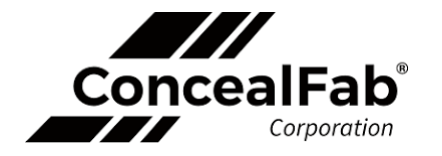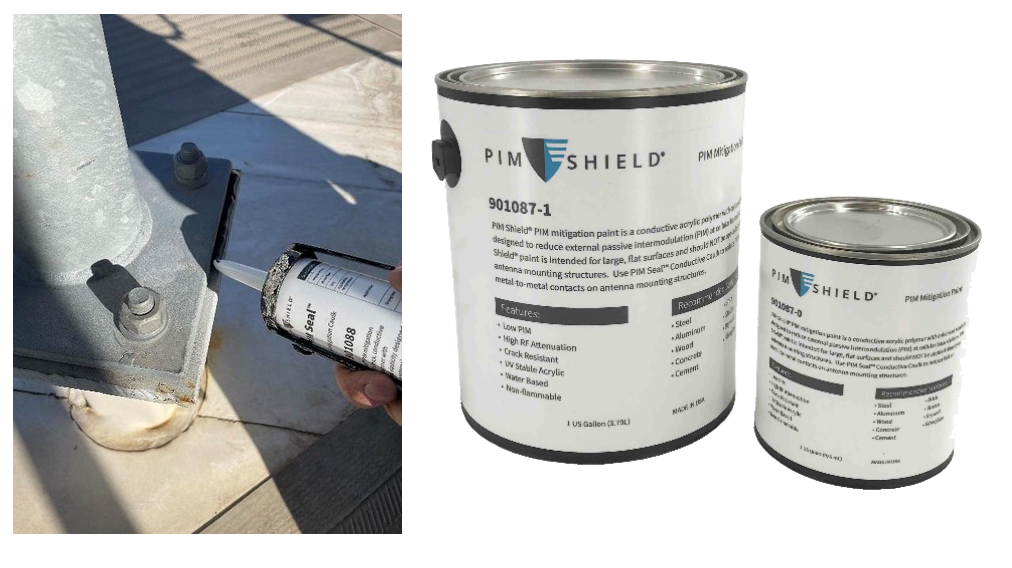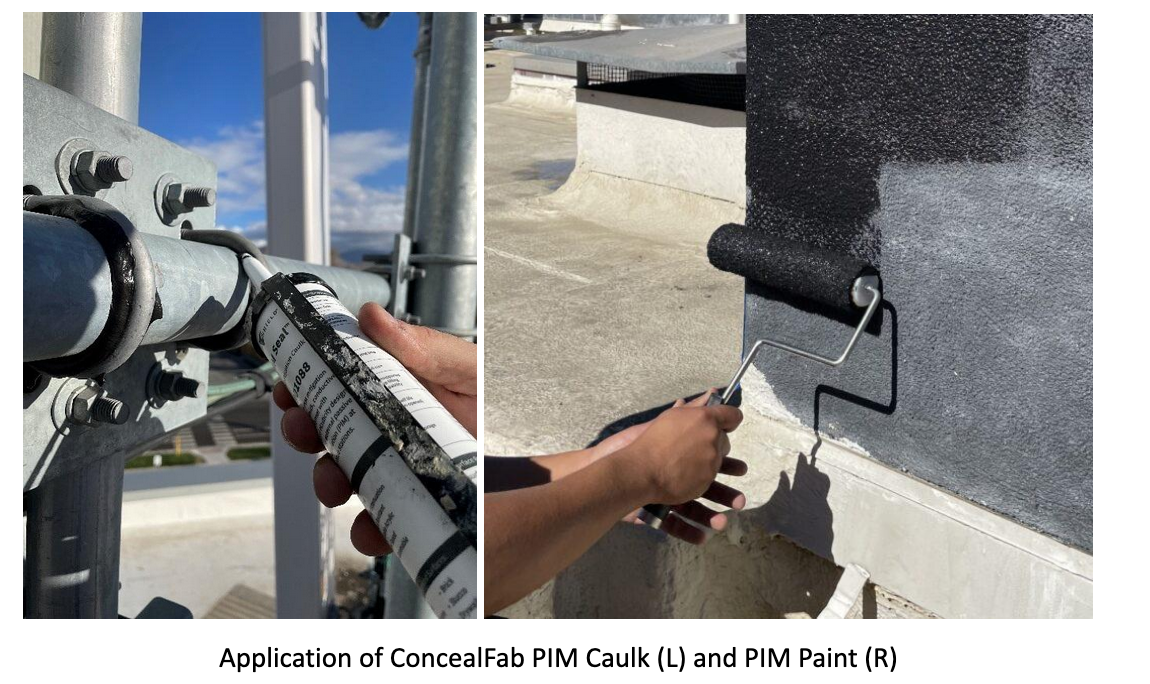There has always been Passive Intermodulation (PIM), according to Tom Bell, Executive Vice President – Product Line Management, ConcealFab Corporation. But today the problem is more pervasive and significant than ever before.
PIM is a form of interference generated by the downlink signals at a cell site when they interact with anything non-linear in the RF Path. If metal is touching metal, and it’s loose, or if oxidation forms between metal pieces, nonlinearities are created, leading to PIM.
Bell explains why PIM is now more of an issue now than ever before: “As more and more frequency bands have deployed at cell sites, more intermodulation (IM) products have been generated that end up in the uplink, which increases the noise floor resulting in slower data rates and poorer coverage,” Bell told Inside Towers. “Traditionally, it would be a fifth-order, a seventh-order, or even a ninth-order IM product, but we are now dropping low-order IM products, like IM3, directly in the uplink, which can increase noise more than 3,000 times.”
There are a number of ways to avoid PIM. First is to eliminate galvanic mismatch in metal contact areas. Second is to design metal contacts to guarantee high contact pressure. The third solution is to insulate the metal to prevent electrical contact. The fourth way to eliminate PIM is to install RF barrier material to block RF energy from the non-linear junction.
ConcealFab has created PIM mitigation solutions, known as RF barrier solutions, to suppress the common sources of external PIM. ConcealFab RF barrier solutions include:
- PIM Shield® Tape
- PIM Shield® Roofing
- PIM Seal™ Caulk
- and PIM Shield® Paint
PIM Shield® Tape is a peel and stick product that can be used to cover a wide variety of PIM sources, such as brackets or on roofing surfaces. PIM Shield® Roofing is standard asphalt-based rolled roofing with an RF barrier material embedded inside, which is designed for covering large roof areas in front of antennas.
Now, through a proprietary process, ConcealFab has created two new products: PIM Seal™ Caulk and PIM Shield® Paint that use conductive acrylic polymers with enhanced elasticity to reduce external PIM. PIM Shield® paint is intended for covering large, flat surfaces, usually found on rooftops, while PIM Seal™ caulk is intended for application to localized areas on antenna mounting structures, such as pipe joints.
“Applying the caulk to a joint is the same as if you had covered it with a sheet of metal. The paint works the same way. They both prevent the energy from getting through. These liquid solutions are also designed so that they themselves do not become a PIM source,” Bell said.
It took two and a half years to develop the caulk and paint PIM products, Bell said, because of the complexity of the chemistry involved. The products have 14 separate ingredients. And, coincidentally, it took 14 iterations in order to get a product that met the technical specs. The engineer who helped develop these products said it is the most complex material he has ever developed, according to Bell.
“It was super difficult to develop because everything you do to enhance the conductivity also tends to make the finished product brittle. And if it cracks, it automatically becomes a PIM source,” Bell explains. “So what we’ve done is worked with our partner and developed an elastic system, which is stretchy with a high percent elongation. But it still has enough conductivity to perform as an effective barrier.”
Since tower services companies are paid on a fixed price basis, if a site isn’t performing, they have to go back again, on their own dime, to hunt for PIM. In order to save that extra trip, tower crews apply RF barriers, such as PIM Seal™ Caulk and PIM Shield® Paint, for prevention in the areas most likely to cause PIM.
For more information on PIM Seal™ Caulk and PIM Shield® Paint, visit: https://concealfab.com/product/pim-mitigation-paint-and-caulk/. Or contact ConcealFab at: https://concealfab.com/contact-us/.
By J. Sharpe Smith, Inside Towers Technology Editor







Reader Interactions